Product Description
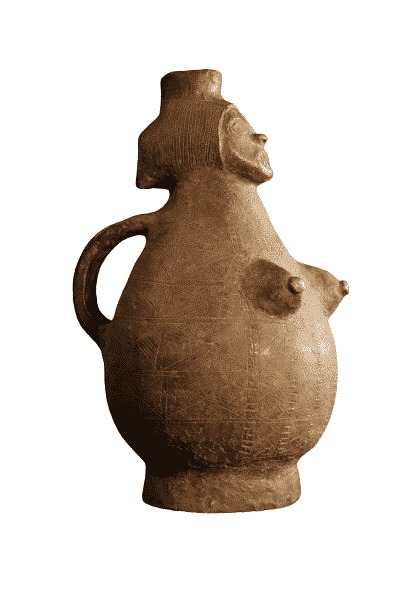

Djenne Kneeling Male Figure, Mali
Made of 100% Terracotta
Model is W 14 – H 30 – D 16 and weight 4 kg
This Djenne figure sculpted by hand into a sitting genuflecting posture, is made of terracotta, with elements from traditional livelihood material such as red clay mixed with grog. They usually depict suffering from ailments such as elephantiasis, facial paralysis, and leprosy. These sign of diseases on the sculpture may have been intended to protect against illnesses or for protection but beyond conjecture, their meaning and significance are still unknown, but they may have been venerated in special sanctuaries and private homes.
The history of Djenné is also closely linked with that of Timbuktu. Between the 18th and 19th centuries, much of the trans-Saharan trade in goods such as salt, gold, and slaves that moved in and out of Timbuktu passed through Djenné. Both towns became centers of Islamic scholarship. However, It was founded by the Bozo (allied with the Bamana) people in about 800 AD and was relocated upstream to take advantage of the Trans-Saharan trade networks.
Description
This Djenne figure in a sitting genuflecting posture, is made of terracotta, with ancient traditional livelihood materials such as clay mixed with grog. The genuflecting figures are one of their oldest form of known figurative sculptures south of the Sahara. The work is polished, and then fired in an open-pit kiln. The kneeling figure portray significant bulbous eyes, inflicted nose, protruding mouth, and a beard; one can see a sense of mourning or praying facial expression, with the head lifted toward the sky, and arms crossed in supplication. The seated male figure is nude, and wears a breechclout, a strip of fabric tied around the waist.
We notice perhaps inflicted raised round incision or scars all over the body, and sets of scarifications or bangles around the wrists, representing social status, identity and perhaps lineage; the look on the face and the overall body state appears to be the result of an illness or irritation of the skin. These figures from Djenne usually depict suffering from ailments such as elephantiasis, facial paralysis, or leprosy. These sign of diseases on the sculpture may have been intended to protect against illnesses or for protection but beyond conjecture, their meaning and significance are still unknown, but they may have been venerated in special sanctuaries and private homes.
The process in the making is influenced by the Nok tribe, a testament of the astonishing richness of invention, anhd technical ability of their makers. This distinctive approach suggests that a comparable wood-carving tradition may have been used.
Djenné-Djenno art, also Jenne-Jeno; /ˈdʒɛniː dʒʌˌnoʊ/, is famous for its terracotta figures which depicts humans and animal figures including snakes and horses.
The Djenne culture is focused upon the historic city of Djenne-Djenno, a UNESCO World Heritage Site located in the Niger River Valley in the country of Mali. It is notable for being the oldest city in Sub-Saharan Africa, and the onetime hub of an enormous trading empire that dominated this area of Africa in the Middle Ages.
The art of the inner delta of the Niger, the region formed by the triangle of the cities of Mopti, Ke Macina, and Djenne, bears witness to an astonishing richness of invention and a lively concern with detail, but declined and was abandoned by 1400. Items of cast brass and forged iron, clay vessels, and figures like this one survived. They testify to what scholars contend was a richly varied and highly sophisticated urban society.
The history of Djenné is also closely linked with that of Timbuktu. Between the 18th and 19th centuries, much of the trans-Saharan trade in goods such as salt, gold, and slaves that moved in and out of Timbuktu passed through Djenné. Both towns became centers of Islamic scholarship. However, It was founded by the Bozo (allied with the Bamana) people in about 800 AD and was relocated upstream to take advantage of the Trans-Saharan trade networks.
Leave a reply Cancel reply
Returns and Exchanges
There are a few important things to keep in mind when returning a product you purchased.You can return unwanted items by post within 7 working days of receipt of your goods.
- You have 14 calendar days to return an item from the date you received it.
- Only items that have been purchased directly from Us.
- Please ensure that the item you are returning is repackaged with all elements.
Ship your item back to Us
Firstly Print and return this Returns Form to:
30 South Park Avenue, San Francisco, CA 94108, USA
Please remember to ensure that the item you are returning is repackaged with all elements.
For more information, view our full Returns and Exchanges information.

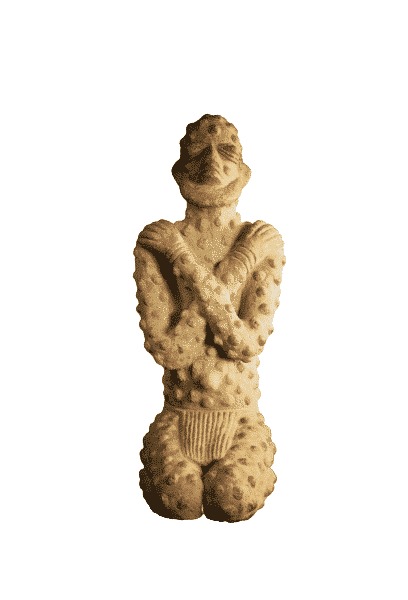
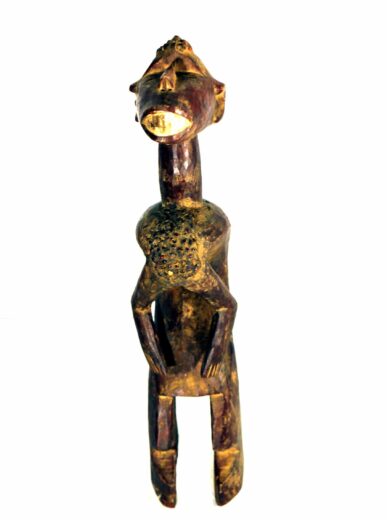
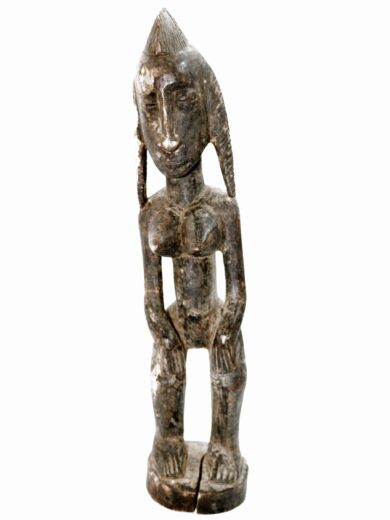

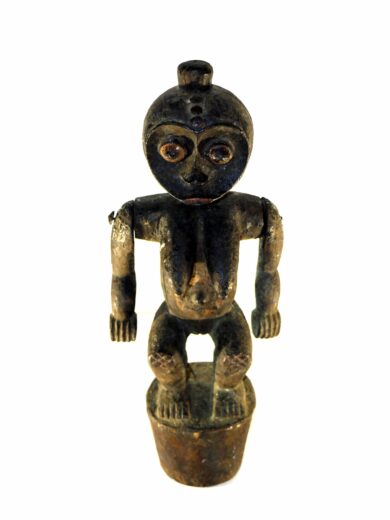

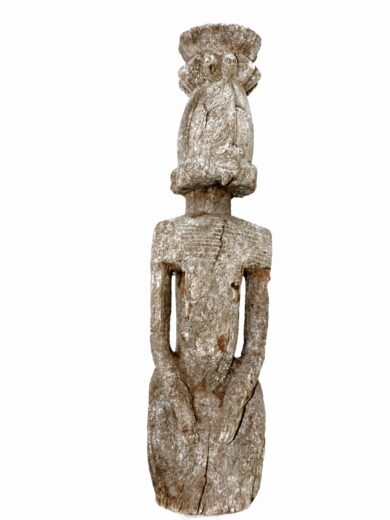
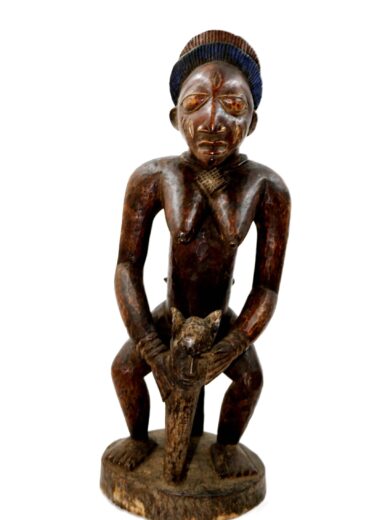
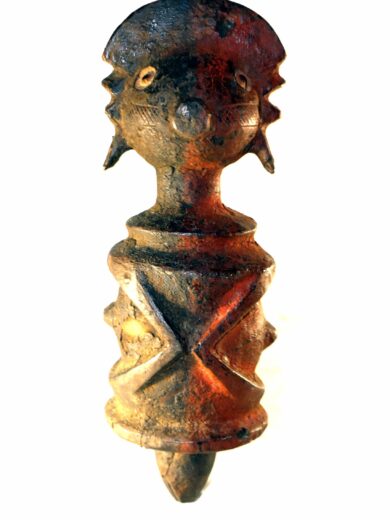
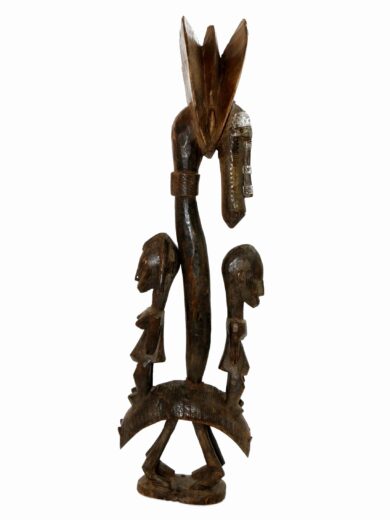
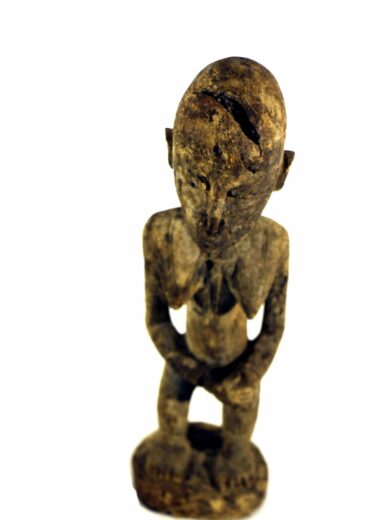
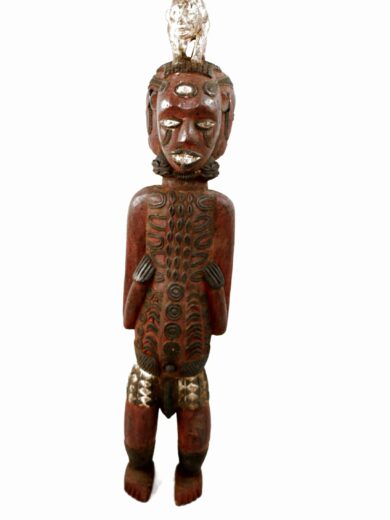
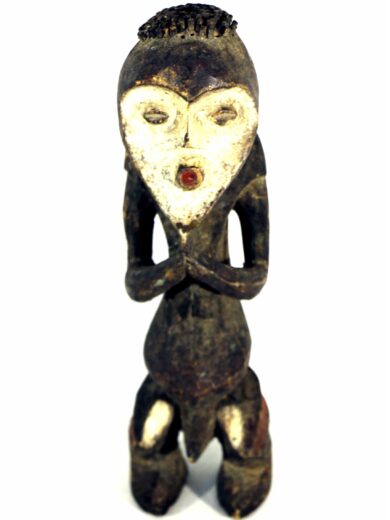
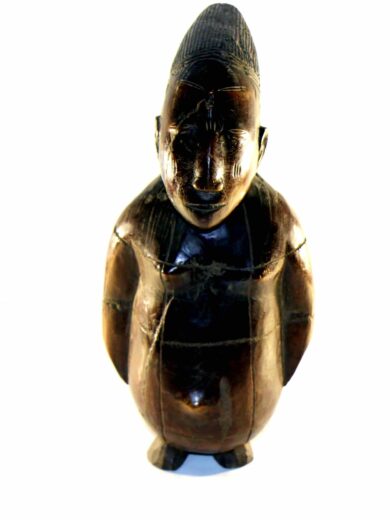
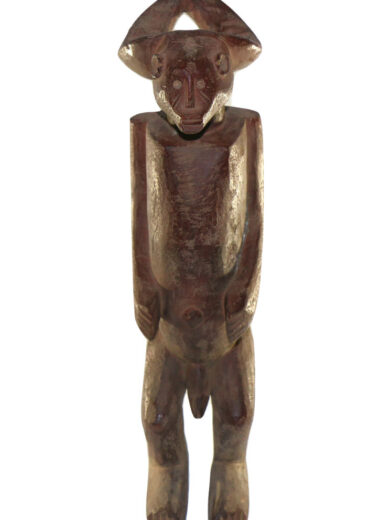

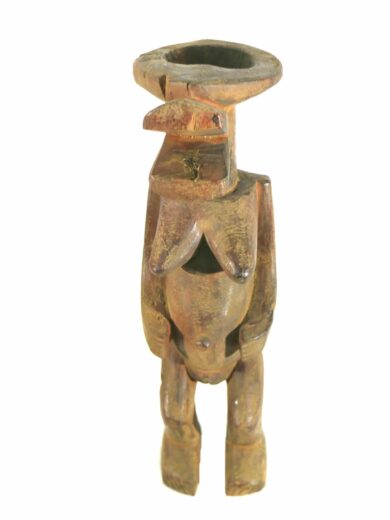
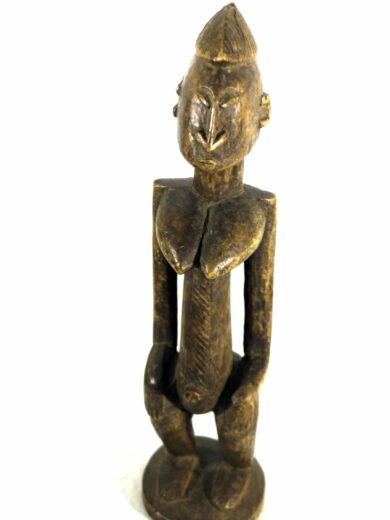

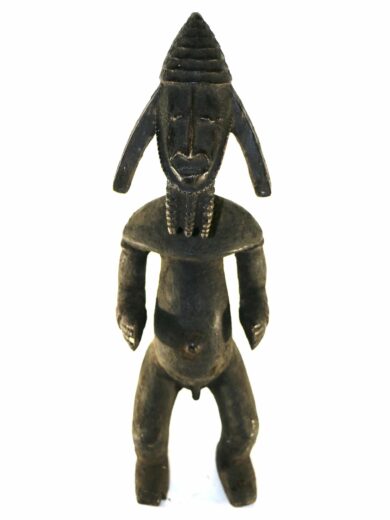
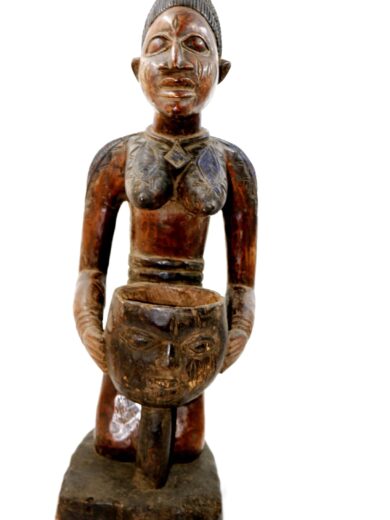
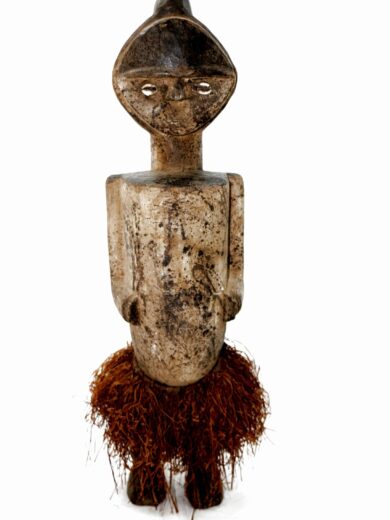



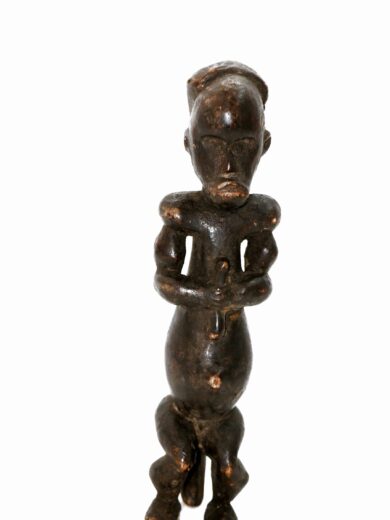

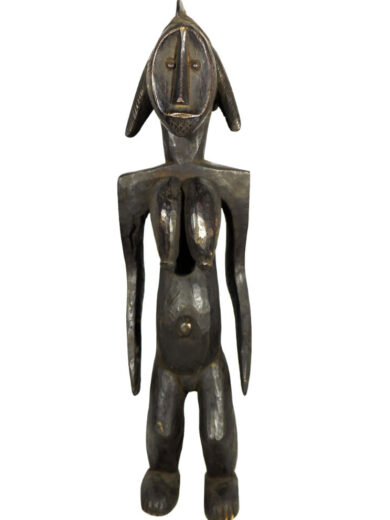
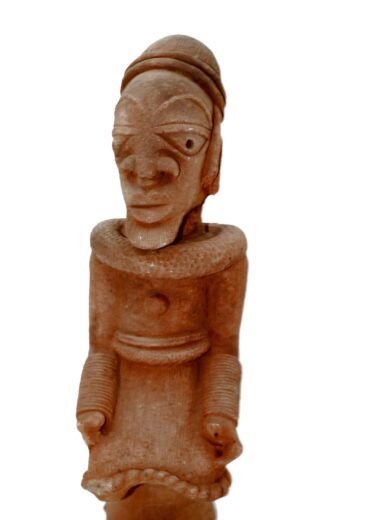
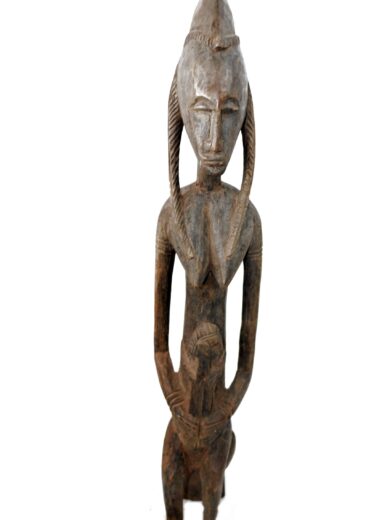


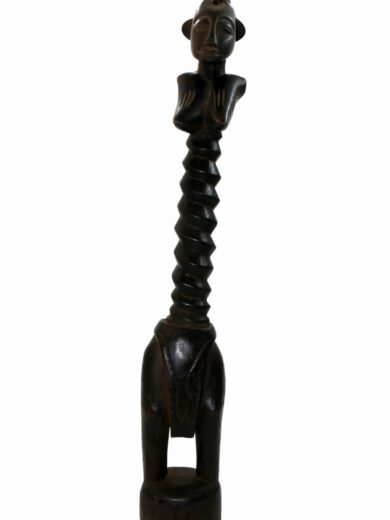
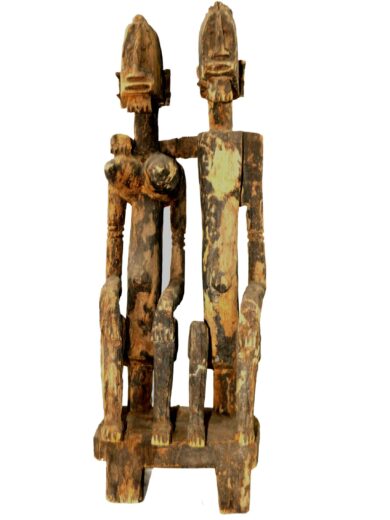
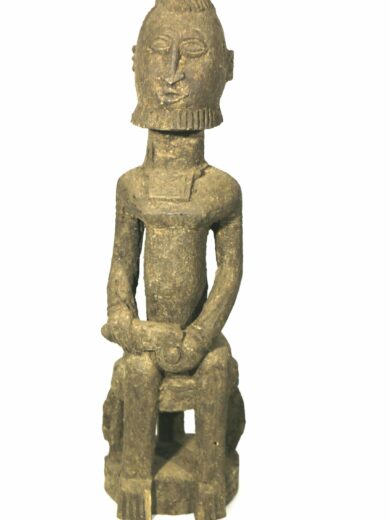
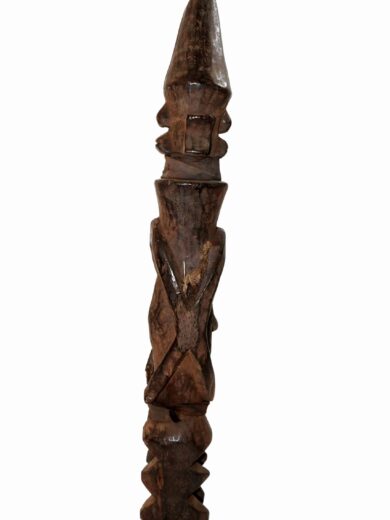
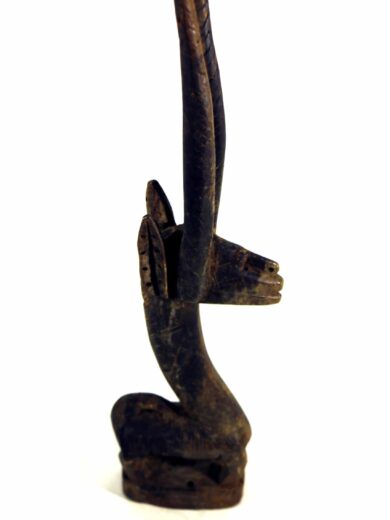
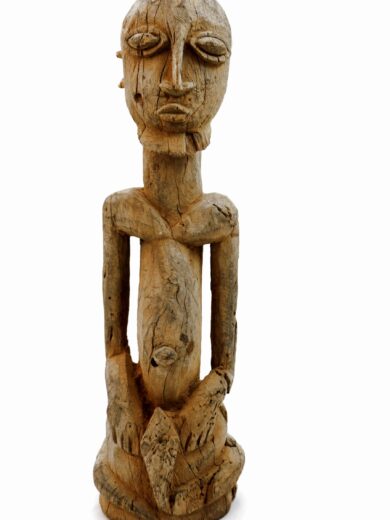
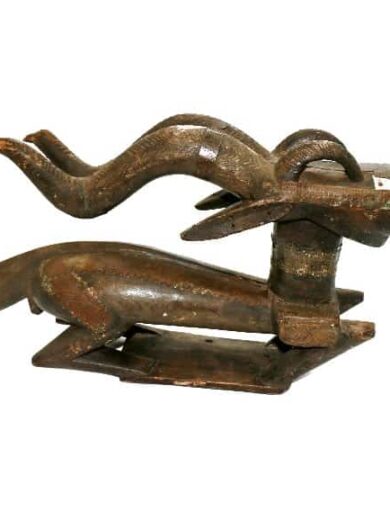


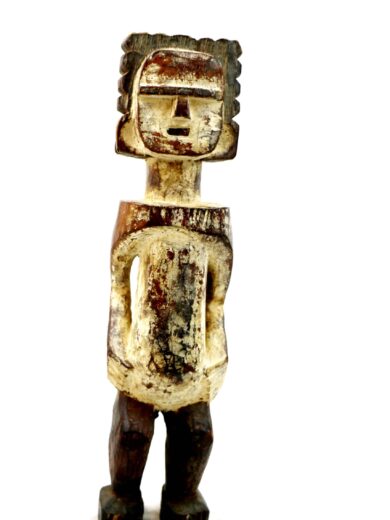
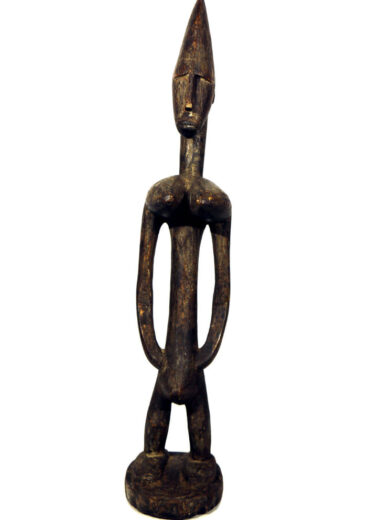
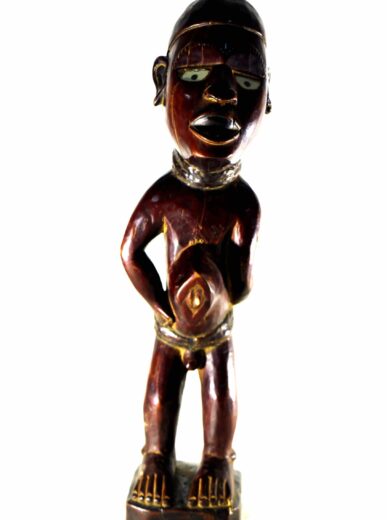
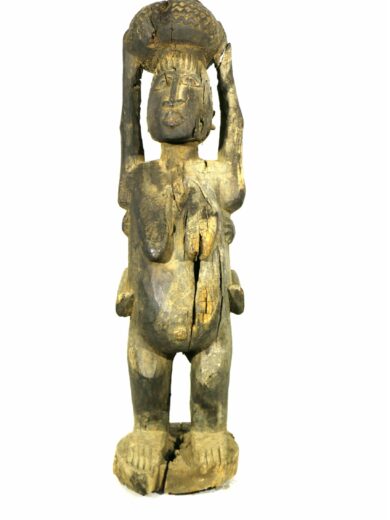
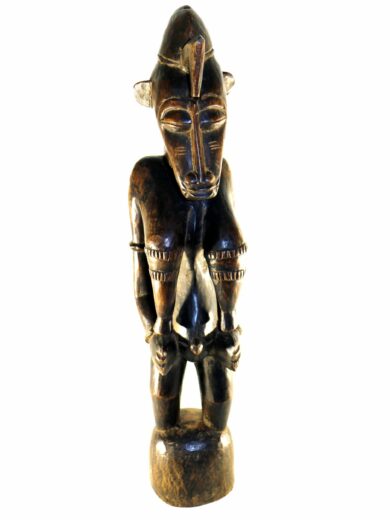
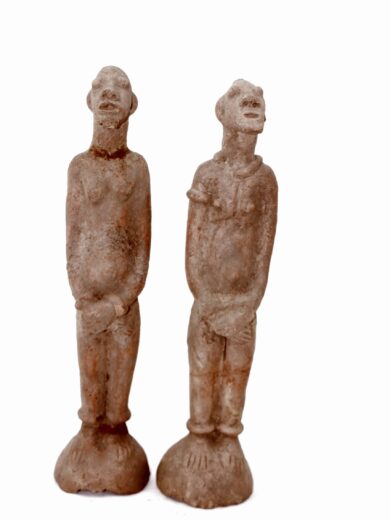
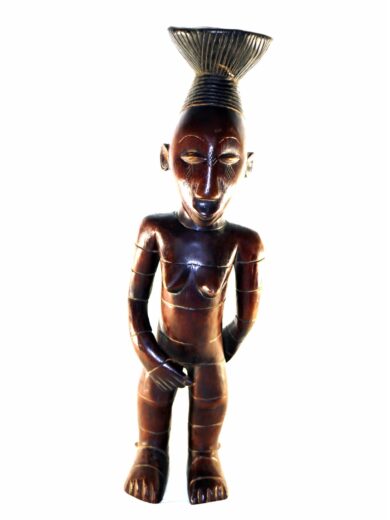
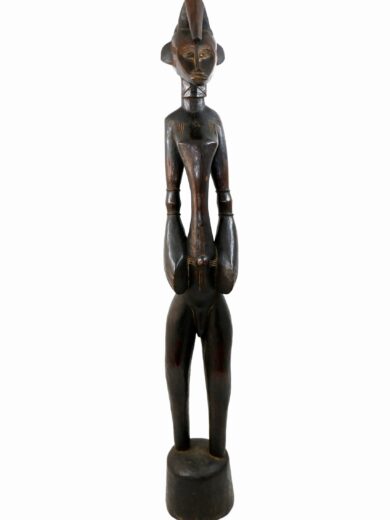
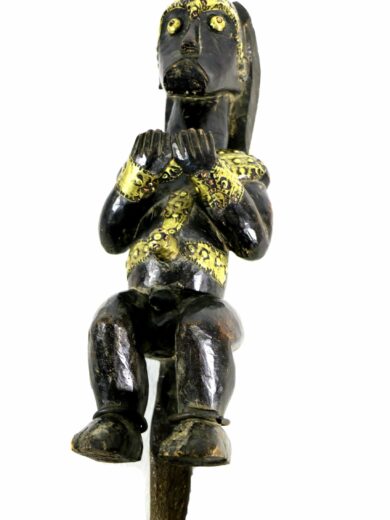
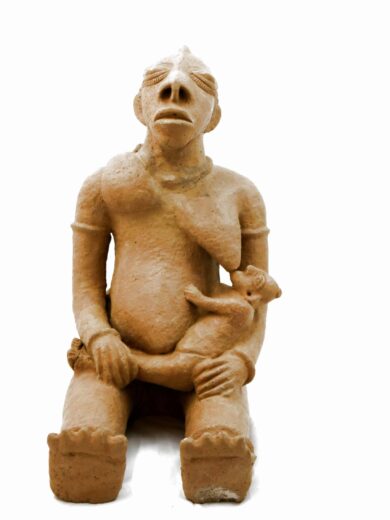

Reviews
There are no reviews yet.